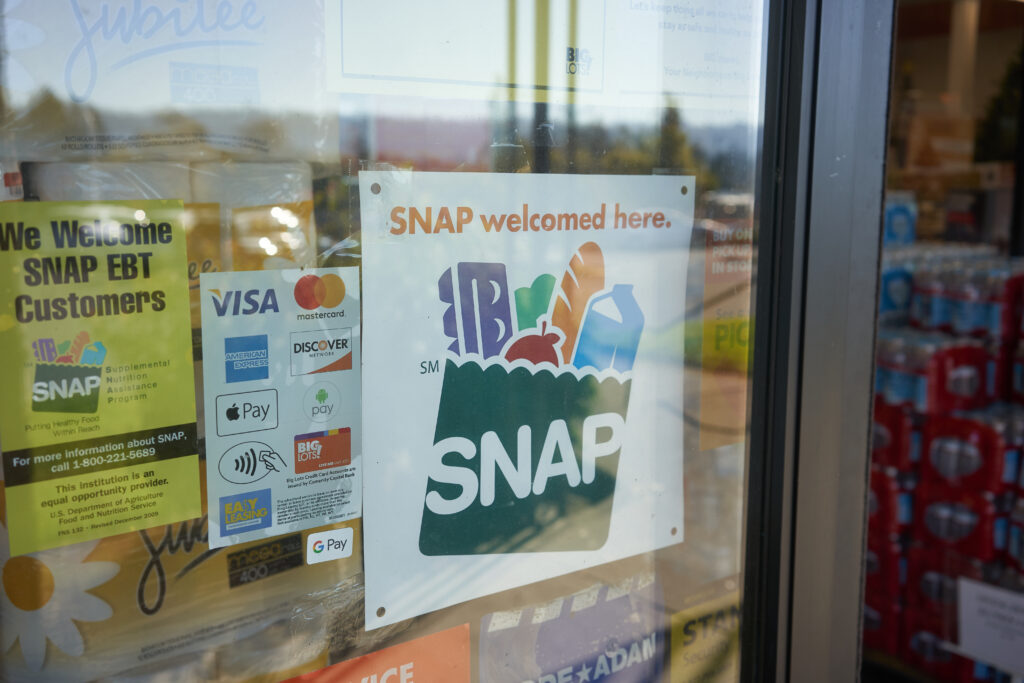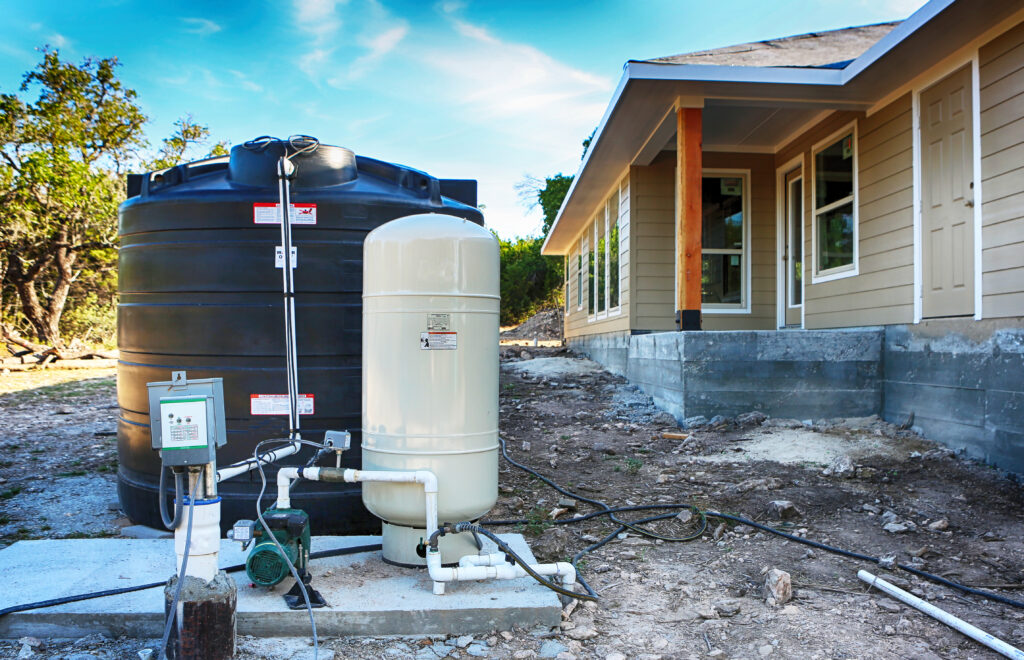As this year’s STAAR results confirmed, the COVID pandemic took a substantial toll on student learning. Many students are now returning to the classroom for the first time since March 2020, and some will still be learning virtually as the Delta variant brings another wave of cases.
Help is on the way, and administrators and school boards need to take steps to ensure they’re making the most of it.
Texas schools are receiving nearly $17 billion in Elementary and Secondary School Emergency Relief (ESSER) funds through a series of federal COVID-19 relief packages. Congress placed few limits on what ESSER funding can be used for, though at least a fifth of one pool of money (known as ESSER III, which was authorized by the America Rescue Plan Act and represents largest and latest round of funding) must address learning loss. Districts were required to spell out their plans for using these funds by July 27, taking input from stakeholders and explaining how funds will be used to reopen schools and make up for lost instructional time.
Those plans should answer these three questions:
- How are schools spending federal funds to address learning loss?
Throughout the 87th Legislative Session, Texas 2036 advocated for scalable, evidence-based strategies to combat learning loss. School districts across the state are utilizing these strategies through initiatives like after-school tutoring programs and longer school years. While detailed plans are not available for all 1,247 public school districts, open enrollment charter schools, and juvenile justice districts overseen by the Texas Education Agency, some school districts have begun to release information about how they expect to deploy funds.
Houston ISD’s ESSER III plan provides nearly $130 million “aimed at reversing learning losses in reading, math, science and social studies.” Strategies include a systematic phonics program for K-3 students and training to help K-5 teacher accelerate the recovery of math skills.
Given the pandemic’s impact on student mental health, many schools will use funding for counseling and other efforts outside of the classroom: Lubbock ISD, for example, is committing $7.5 million to additional social/emotional learning and wraparound support for students.
And Duncanville ISD is connecting students in need of the most help (as identified by assessment results) with tutors at a cost of $1.5 million. Tutoring, added classroom time, expanded summer school, individualized recovery plans, and additional staff are common strategies found across district plans.
- Are schools measuring the effectiveness of their learning loss strategies?
This funding encourages schools to be innovative, but school leaders must use hard data to monitor how well their recovery initiatives serve students and adjust plans based on what works. As Fort Worth ISD Deputy Superintendent Karen Molinar put it, “We need to make sure we are utilizing it correctly, and if we are implementing it and it’s not working for our students … then we need to discontinue that.”
Such data could include benchmark or interim assessments, which many districts already use to measure student progress during the school year. This data could also inform state-level decision-making, allowing policymakers to evaluate different strategies as Texas makes its own funding decisions.
- Are schools creating a fiscal cliff?
Texas 2026 Vice President of Public Policy John Hryhorchuk warned earlier this year:
“The last time Texas received a massive increase in temporary federal funding (the 2009 stimulus bill), the state did exactly what the federal government asked: it went on a spending spree. Flash forward to 2011: the federal funding had dried up, but the costs of maintaining the programs and the staff were still around. Most know how this ended – historic cuts to public schools that are still discussed a decade later.”
Texas 2036 recommends steering ESSER money toward strategies that can be scaled up or down based on available funding, as well as one-time costs such as training for elementary teachers, a strategy Holliday ISD is pursuing. However, many schools are using ESSER funds to hire new people. While this may be necessary to properly implement recovery strategies, school leaders must plan for covering these costs once the funds run out.
By clearly answering these three questions — tracking how schools are investing funds, evaluating the success of different programs, and taking care to avoid creating fiscal cliffs — Texas can fortify our students’ future in the face of this global pandemic.










1 Comment.
[…] Madison Yandell asks three questions about federal COVID relief funds for education. […]